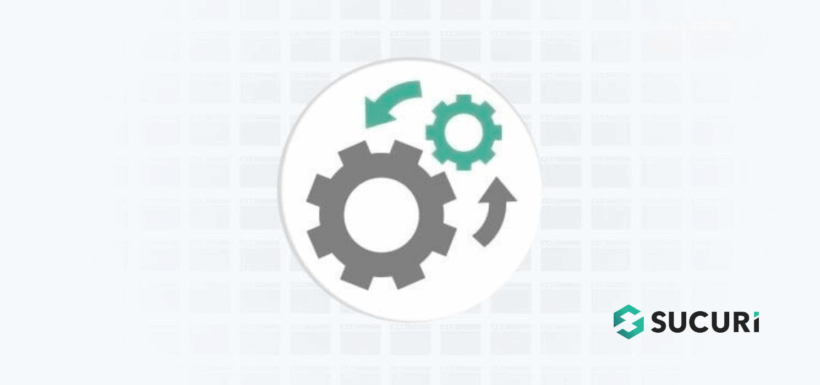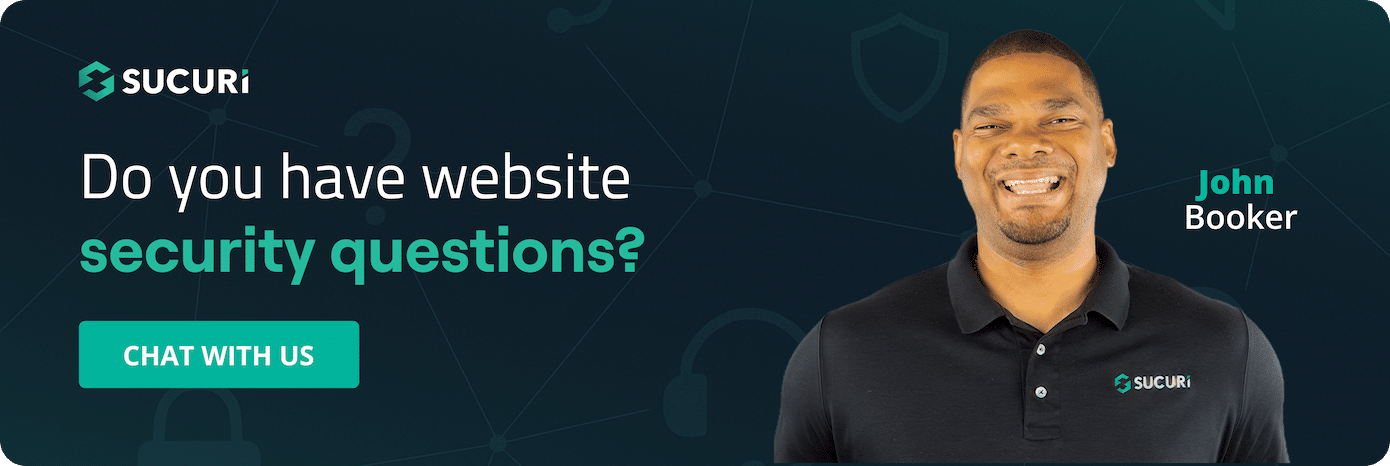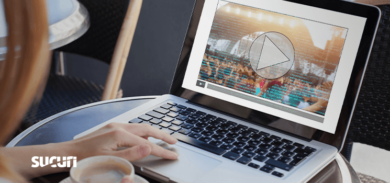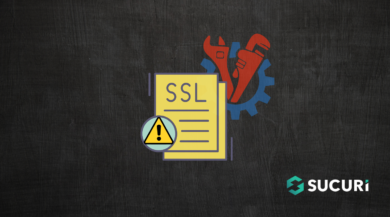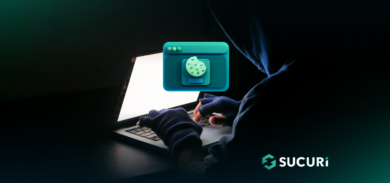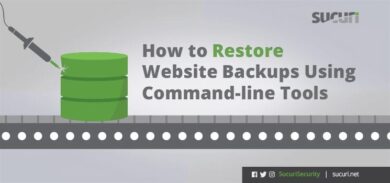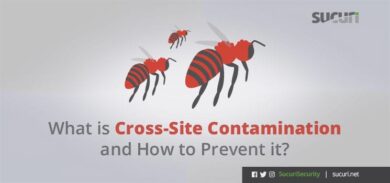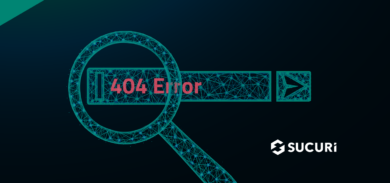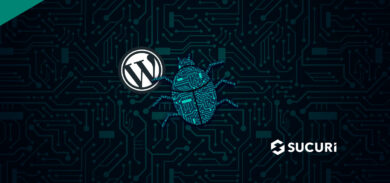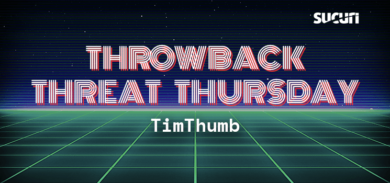Keeping your website updated is important if you want it to stay safe, secure, and running smoothly. This post will dive into why regular updates aren’t just a good idea, but a must-have for a clean and healthy website. We’ll check out how these updates help with security, functionality, and user experience so you can protect your online presence for the long haul.
Updates
Repeatedly we see websites being infected or reinfected when important security updates are not taken seriously. Many software updates include security fixes; security releases specifically patch known vulnerabilities. Most software updates are created due to a security breach that has been fixed. Updating to the new version keeps your site safe from vulnerabilities that are very likely to affect your site. Attackers use automated scanners to find sites running known‑vulnerable versions, so speed‑to‑patch matters.
If you search back through our blog, you can see many posts about website vulnerability disclosures.
If these vulnerabilities are not patched with updates, your site remains at risk from multiple types of malware. Updates are not meant to make your life harder, even though it might seem that way. Keeping on top of updates will save you a lot of stress and time in the future when hackers decide they want to take advantage of their new vulnerability on your site. Unpatched sites are also prone to reinfection because attackers often leave backdoors or rogue admin accounts behind. A web application firewall (WAF) can provide virtual patching to reduce risk while you test and roll out updates.
Small Sites as Targets of Attacks
Software vulnerabilities and access control make small sites a large target in hacker’s eyes.
Our latest hacked website trend reports show that outdated software dramatically influences the chances of a site being hacked. Across incident‑response work, outdated components remain one of the most common factors in compromises, regardless of a site’s size or traffic.
What to Update
Here are some examples of what you should update:
- Content Management Systems
- Plugins
- Themes
- Extensions
- Server
Now, let’s talk about each one of them individually.
1- Content Management Systems
This includes WordPress, Magento, Joomla, Drupal, and any other platform you might use to build your site.
Our hacked website reports consistently show that WordPress is the CMS we clean most, which largely reflects its broad usage across the web. This does not necessarily mean WordPress is more or less secure than the other CMS platforms though.
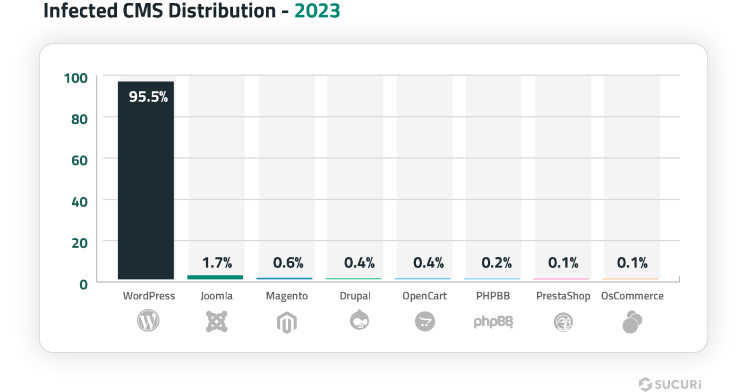
Your CMS of choice will alert you to any available updates that need to be implemented. Please do not ignore these warnings!
Enable auto‑updates for security/minor releases where available, and use a staging site to test major upgrades before applying them to production. Always keep reliable, recent backups you can restore.
2- Plugins
Any plugin you add to your site must be vetted. They aren’t all inherently good for your site or malware-free. Some plugins were made to be malicious, whereas others didn’t start that way. Through lack of management or carelessness plugins can become malicious easily.
Here are some things to look for when adding a new plugin to your site:
- Only download plugins from an author and site you trust.
- Check for updates on the plugin and see how long ago the developer has patched any security issues.
- If a plugin is not free then purchase it straight from the developer instead of searching for free versions.
- Read reviews to see if there are poor opinions about the safety of the plugin.
- Sometimes less is more. Do you really need this plugin? Think about what the downfalls of the plugin are versus the benefits. More plugins means more security risks in most cases.
- Avoid “nulled” or pirated plugins as they commonly contain malware or backdoors.
- Subscribe to vulnerability alerts (or use a security scanner) for the plugins you rely on so you can patch quickly.
- Remove plugins you no longer need; fewer plugins mean fewer entry points.
Sometimes less is more. Do you really need this plugin? Think about what the downfalls of the plugin are versus the benefits. More plugins means more security risks in most cases.
3- Themes
Along with plugins, themes also need to be updated and “vetted”. Anywhere a hacker can exploit your site, they will.
As with plugins, there are a few things to consider when adding theme software to your site:
- Is the theme necessary to your site?
- Can you trust the source where you found the theme?
- Will the developer patch and fix any vulnerabilities?
Themes can become a hotbed for malware that come with the promise of Blackhat SEO, malvertising, and backdoors.
If you find a “free” theme that has not been updated in the past 6 months, it might not be as free as you think. Again, avoid “nulled” or pirated themes. Think of the money you might end up losing because of a vulnerability that causes your site to become infected. Use a child theme so you can update the parent theme without losing customizations, and when the theme stops receiving updates, plan to migrate to a maintained alternative.
4- Extensions
Another way to keep your site clean is to ensure that your computer is malware-free as well. Making sure your browser and its extensions are up to date is very important. In these rarer cases, your own computer is the attack vector. Only install browser extensions and browsers from a trusted source, and be sure to update immediately when you are alerted.
Limit extension permissions, remove add‑ons you don’t use, and keep your operating system patched. Secure your site logins with multi‑factor authentication (or passkeys) and a password manager to reduce impact if a device or session is compromised.
5- Server
As with the other software we talk about in this article, the server itself is also key to maintaining a secure site. Web servers such as NGINX, Apache, IIS, etc. might not sound overly familiar to you unless you are a developer or are very familiar with your site’s setup. Whether or not you are familiar, your site has a server to connect to the internet and your server can become vulnerable to hacks as well. Updating is a must to stop that from happening.
Keep runtimes (like PHP) on supported versions and retire end‑of‑life releases. If you manage your own server, apply OS/package updates, harden services (disable what you don’t need), and monitor logs. A website firewall can add virtual patching and DDoS protection.
Pro Tip
Automatic updates are available for most CMS and plugins, but it might not be the best idea to go that route. Sometimes updates can cause function issues for your site.
We recommend making a full backup of the site and enlisting the help of your developer to assist with updating.
Conclusion
Doing your part to keep your site clean is important in creating a safe web browsing environment for everyone. A balanced approach works best: enable auto‑updates for security/minor releases, and test major updates in staging with recent backups and a rollback plan. Schedule maintenance windows and monitor your site after updates so you can fix forward or roll back quickly if needed.
Consider layering a WAF and vulnerability alerts to protect and notify you between patch cycles, and keep an inventory of site components with their support/EOL dates so nothing falls behind.
If you want to stay ahead of emerging threats, subscribe to receive alerts of our new blog posts in your email.
